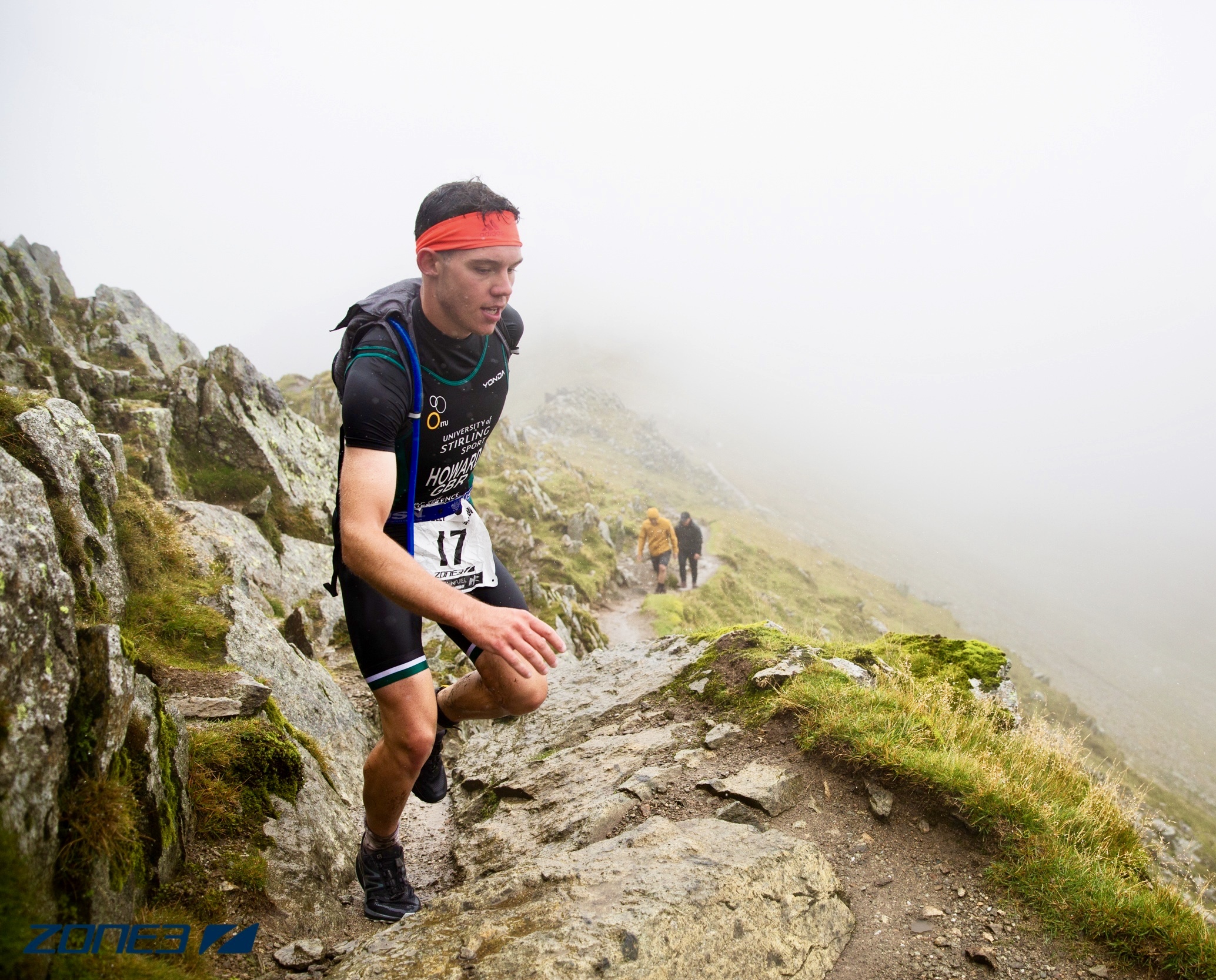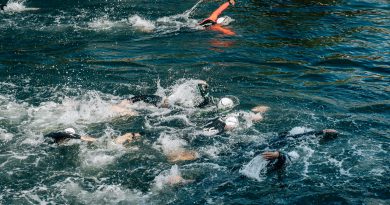Training Tips: Long Run for Triathletes
The long run can vary to an athlete depending on what distance you are training for. However, what the long run does do for every athlete in play a big role in getting an endurance athlete ready for the triathlon season.
Why do we actually prescribe long runs into the training plan? The common perception of the long run is to build the endurance base as an athlete. That is exactly what it is doing! You are trying to improve your body’s ability to use oxygen. You want the body to get as good as possible at taking the oxygen from the air around us, through our lungs and into our blood. This then leads to the heart pumping it to the muscles where they extract and use it. This is how you improve your endurance.
The problem with this run is some athletes quite often don’t do this training correctly or effectively because it can be deemed as boring or ‘easy’ to some. There is an opportunity to spend time on other things during the long run. For example, you can practice your mental focus. If you are an Ironman athlete, you have to run a marathon. That alone is long enough as it is! You will most likely hit a bad patch in the run section, almost every athlete does. So, on your long run practice as if you were in this situation and how you would deal with it. Use this time to gain confidence and if it does happen in a race, you know exactly how to tackle it.
Other things you could focus on would be maintaining your form and working on holding that steady pace. Pacing is critical to maximising your performance and this is the time to practise. You can also use the time to practice nutrition strategies on race day to see what works best.
As we said before the long run can vary depending on what distance you race. Below is a general outlook on how long your run should be time-wise depending on what distance you are training for:
- Sprint: 65–75 minutes
- Olympic: 75-85 minutes
- Half-Ironman: 1:30–2 hours
- Ironman: 2:20–3 hours
One thing to be careful of is going out too fast. It is easy to go out to hard because you feel fresh. Then by the end, you are struggling to hold anywhere near the same pace. It’s best to start slightly slower and build it slightly after about ten minutes to your personal target pace.
Overall the long run plays a key part in an athlete’s training; building endurance, gaining confidence and improving technique are all key elements to have that great performance.





